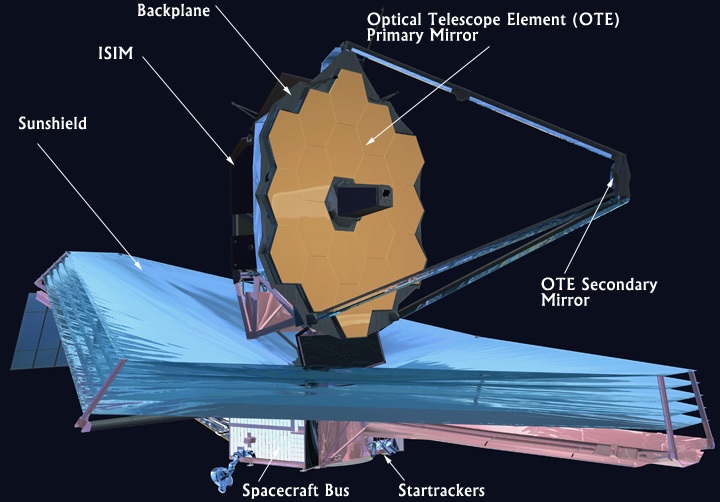25, May 2016
NASA astronomers said they’ve discovered a planet that they believe has a 100% chance of having life on it and its relatively close to us, just in our cosmic neighborhood — meet Gliese 581d.
Gliese 581 is a red dwarf star located about 20 light-years away from Earth in the constellation Libra — One light-year is about 6 trillion miles (10 trillion km); Out of the billions of stars in the sky, Gliese 581 is the 89th closest known star to the Sun.
In 2005, astronomers found six exoplanets orbiting their star in nearly circular paths and they were named as Gliese b, c, d, f and g; they used the indirect method to found these planets, which mean that the planets cannot be viewed with a telescope; Astronomers used radial velocity data on the star. This method looks at a star’s tiny movements due to the gravitational tug from orbiting bodies. The subtle tugs let researchers estimate the planet’s mass and how long it takes to circle its star.
It was calculated that Gliese 581d is in the perfect not-too-hot not-too-cold Goldilocks zone, just the ideal distance away from the start to be able to support life; in fact, some astronomers are 100% certain that they do:
“Personally, given the ubiquity and propensity of life to flourish wherever it can, I would say, my own personal feeling is that the chances of life on this planet are 100 percent,
said Steven Vogt, a professor of astronomy and astrophysics at the University of California, Santa Cruz.
I have almost no doubt about it.”
But are we sure abut this planet? Well, many so called habitable exoplanets have been found and later discredited so there’s still a chance that further observations will dismiss this planet. Actually, in 2014 there was a study that claimed the super-Earth planets GJ 581d does not exist, but is actually an artifact of noise and stellar activity, but reanalysis suggests that it does in fact exist, despite stellar variability.
Gliese 581d’ mass is thought to be 6.98 Earths and its radius is thought to be 2.2 Earth’s radius. It is considered to be a super-Earth with a solid surface allowing for any water present on its surface to form liquid oceans and an atmosphere and even landmasses characteristic of Earth’s surface.
“The Gliese system is particularly exciting to us as it’s very close to Earth, relatively speaking. So with future generations of telescopes, we’ll be able to search for life on Gliese 581d directly.”
said Robin Wordsworth.

Gliese 581d is a key target for the upcoming James Webb Space Telescope (JWST). The infrared James Webb Space Telescope (JWST), due to launch in 2018, is predicted to dramatically change our understanding of exoplanet atmospheres.
JWST might provide the atmospheric data for Gliese 581d and determine whether this planet may be in the liquid water habitable zone of its star and thus if its capable of supporting life.
“This technology we are using to explore exoplanets is real,
added John Grunsfeld, astronaut and associate administrator for NASA’s Science Mission Directorate.
The James Webb Space Telescope and the next advances are happening now. These are not dreams — this is what we do at NASA.”

“NASA/ESA/CSA Webb Telescope annotated
“It’s within our grasp to pull off a discovery that will change the world forever,
he said in a statement.
Just imagine the moment, when we find potential signatures of life. Imagine the moment when the world wakes up and the human race realizes that its long loneliness in time and space may be over – the possibility we’re no longer alone in the Universe.”
Since its discovery, a massive campaign went into beaming a message from Earth to Gliese system including over 500 messages selected from over half a million entries, using the RT-70 radar telescope of Ukraine’s National Space Agency.

RT-70 radar telescope of Ukraine’s National Space Agency
Gliese 581d a World of possibilities
Could this actually be our closest life supporting neighbor… only 20 light years away? If so, what might life there be like?
“Any discussion about alien life on Gliese 581g is purely speculative at this point,
according to co-discoverer Paul Butler of the Carnegie Institution of Washington.
But anywhere you find water on Earth, you find life. A similar condition should hold for almost anywhere in the universe, including Gliese 581g if it does hold water.”
Beside this planet, scientists estimates that there are tens of billions of potentially habitable planets may exist, waiting to be found.
“I would venture to say that most of my colleagues here today say it is improbable that in the limitless vastness of the Universe we humans standalone.”
See the full article here .
Please help promote STEM in your local schools.

The article starts off talking about 581d and then starts talking about 581g. AFAIK they are both potentially habitable if they exist.
LikeLiked by 1 person
Please define “AFAIK”.
LikeLike
I did post a reply, but it hasn’t appeared so far.
LikeLiked by 1 person
I saw several of your comments, all approved. Sorry if there a problem.
LikeLike
I looked again, all comments were approved. Thanks.
LikeLike
‘As far as I know’ in this context means that Wikipedia says that “Gliese 581 g is thought to be in the middle of the habitable zone.” and “Analysis suggests that it [Gliese 581 d] orbits within the star’s habitable zone, where the temperatures are just right to support life.”
LikeLiked by 1 person